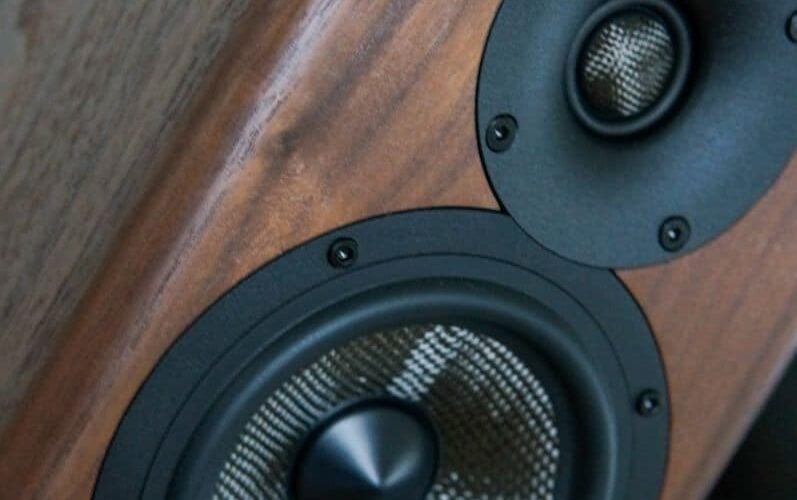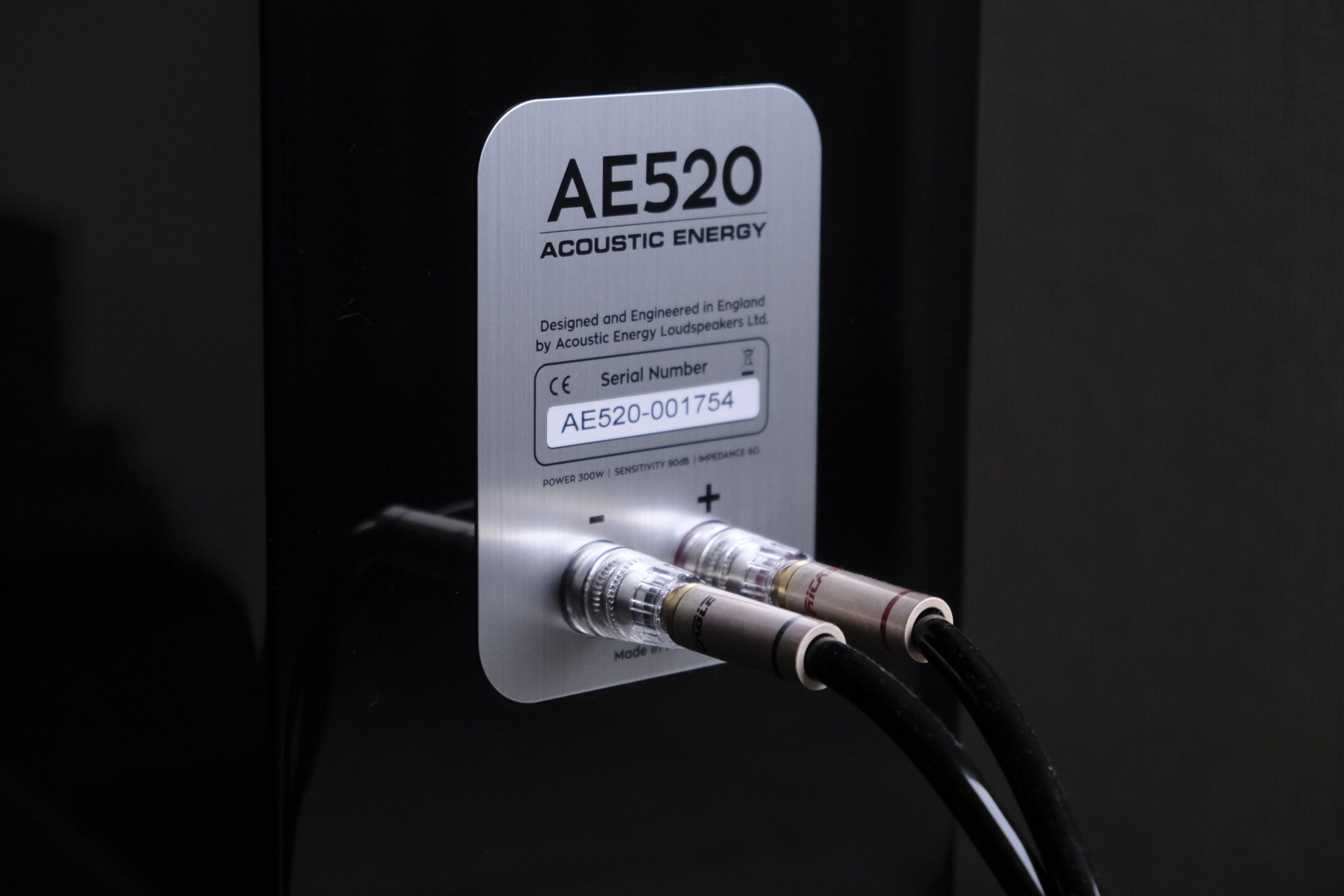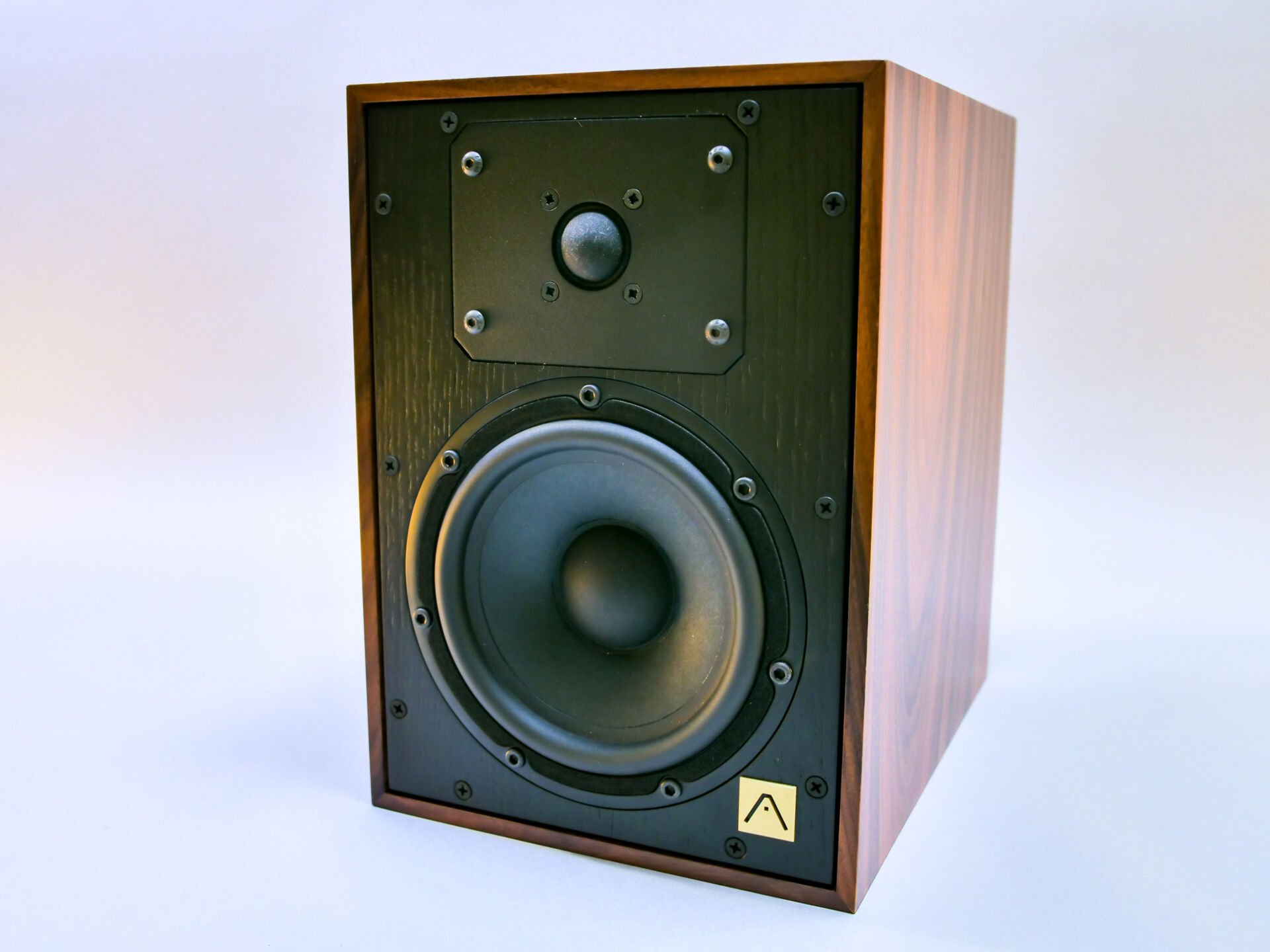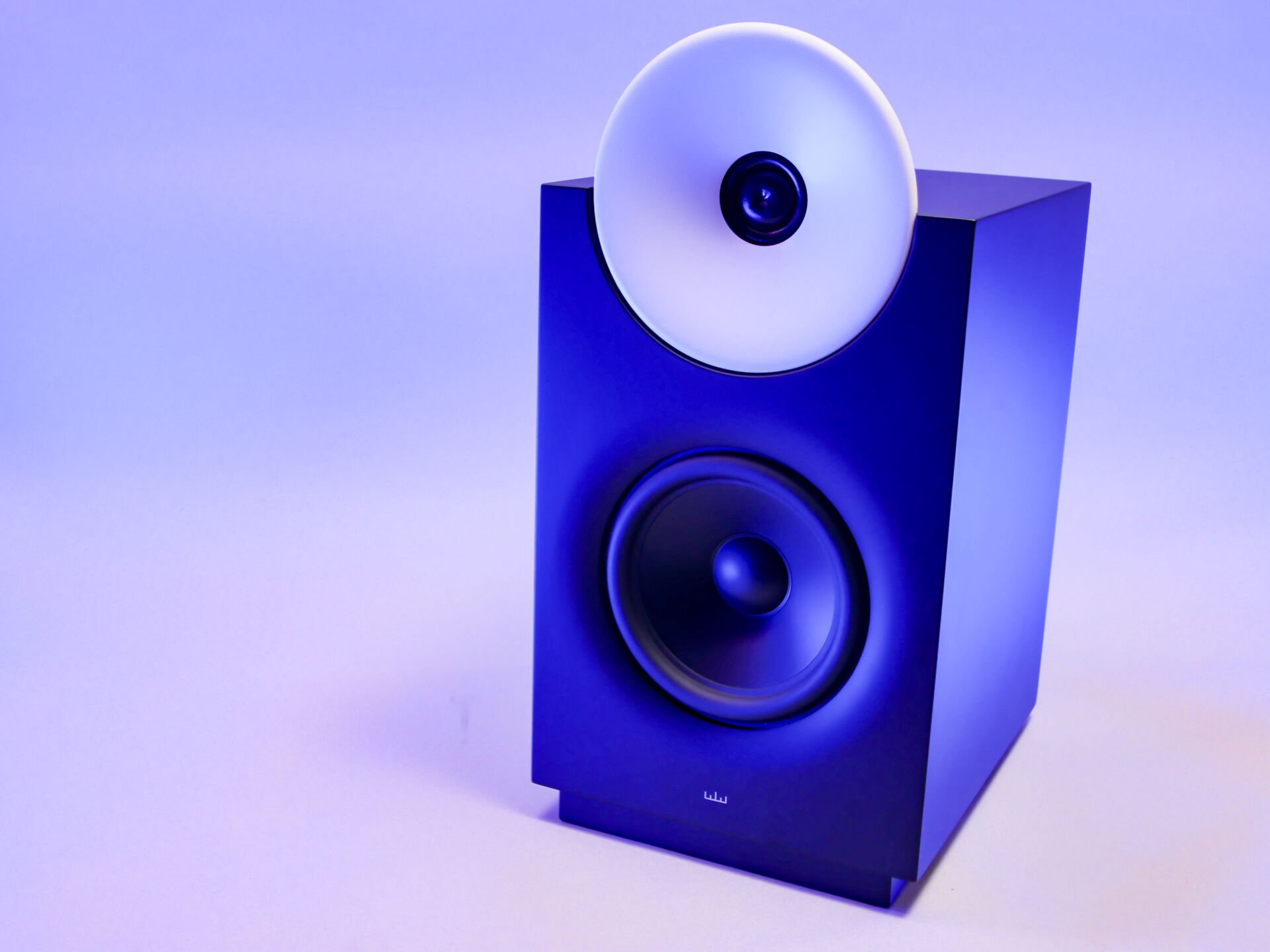

Intro
Contents
When we heard that Acoustic Energy was going to release the new 500 series, we wanted to get a set as soon as possible. Our first good loudspeaker was the fantastic AE301 that we enjoyed for years. This budget-friendly monitor was compact, quick and easy to install. But because of its aluminum woofer and tweeter it could sometimes be a bit sharp, especially in combination with a budget amplifier. Whether this is also the case with the new AE500 we would like to find out for you?
The new 500 series, currently the top series, contains only two models. The AE500 monitor we are testing today and the AE509 floor stand. So the choice is limited but that keeps things simple and production costs low. Isn’t that right? Since the company has been back in British hands, Acoustic Energy has been working on a completely new range for several years and has now released the 100 and 300 series in addition to the 500 series. In addition, they have an active model, the great and affordable AE1 Active, and for the desk there is the Aego line. That’s all it has to be.
Carbon
The new AE500 monitor is still compact (31x18x26cm) but the aluminium drivers, with which Acoustic Energy became familiar, have disappeared. And that’s remarkable, because for the first time Acoustic Energy works with carbon, not only for the driver but also for the tweeter. The use of the same materials for both driver and tweeter is common and should improve the homogeneity. At least in theory
The 25mm tweeter is equipped with their special WDT waveguide (wide dispersion technology) and stands close to the driver to obtain a better appearance. The rubber frame around the driver has remained and a large coil and renewed engine should make sure that things play nice and tight. The frequency range is averaged at 45Hz and 28kHz and with a sensitivity of 87db in 6ohm this is not a difficult to drive speaker. With our Keces E40 (40 watt) we had no problem to play pretty hard and controlled
Stylish
Our test specimen in walnut veneer looks particularly beautiful and tasteful. We see no seams and the color of the veneer is very successful. Other versions are the more common Piano Gloss Black and Piano Gloss White. The slightly rounded edges not only look nice but also reduce unwanted resonances. The cabinet itself has been completely renewed and uses so called RSC panels (resonance suppression composite) of 18mm thickness which should provide more stability and less colouring.
However, because carbon is used in this series, less damping is applied inside compared to the models made with aluminium. Yet the speaker feels rigid and with 8kg also sufficiently heavy. At the back we see an elongated bass port (slot port) and a pair of solid speaker connections. All in all a well-built and well cared for speaker with a timeless appearance.










